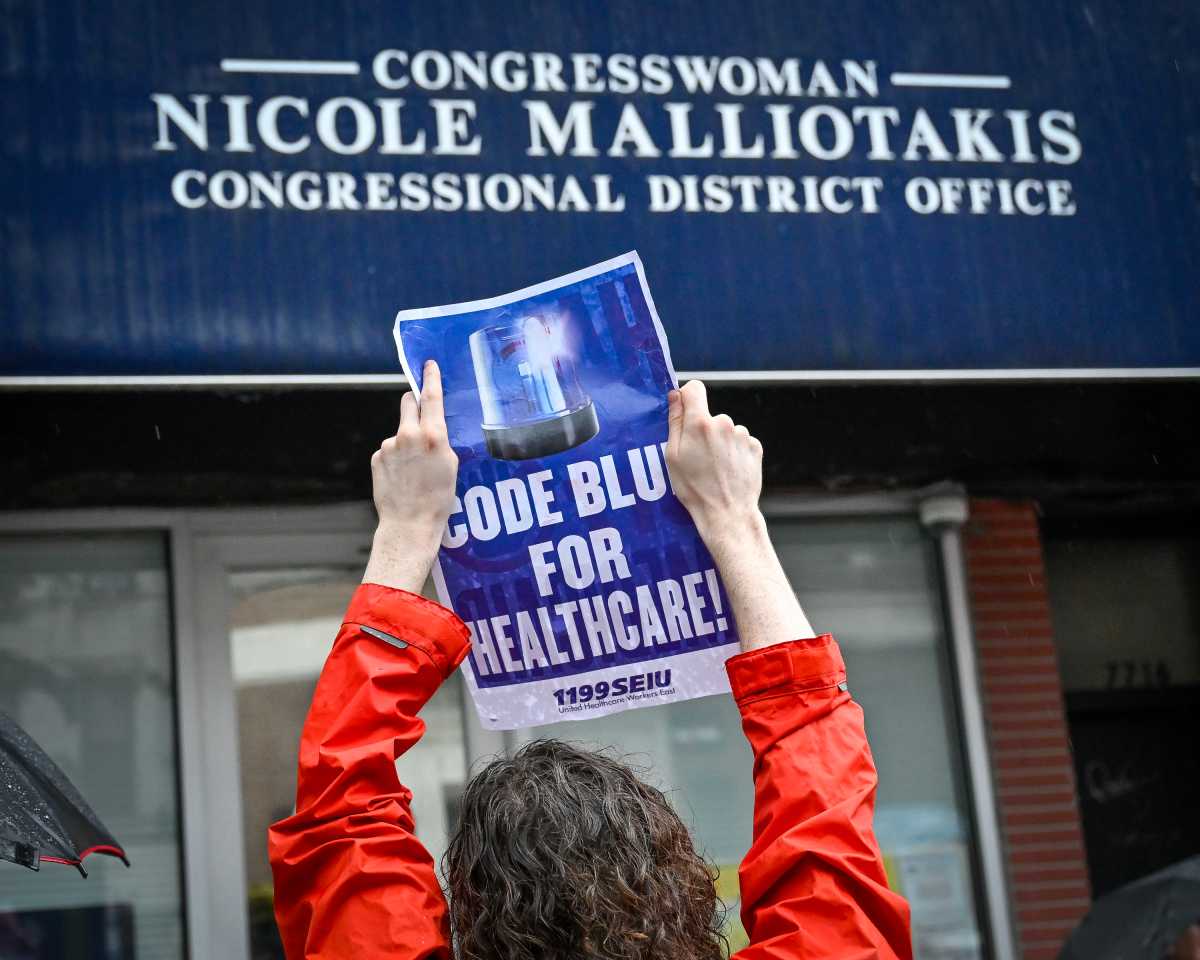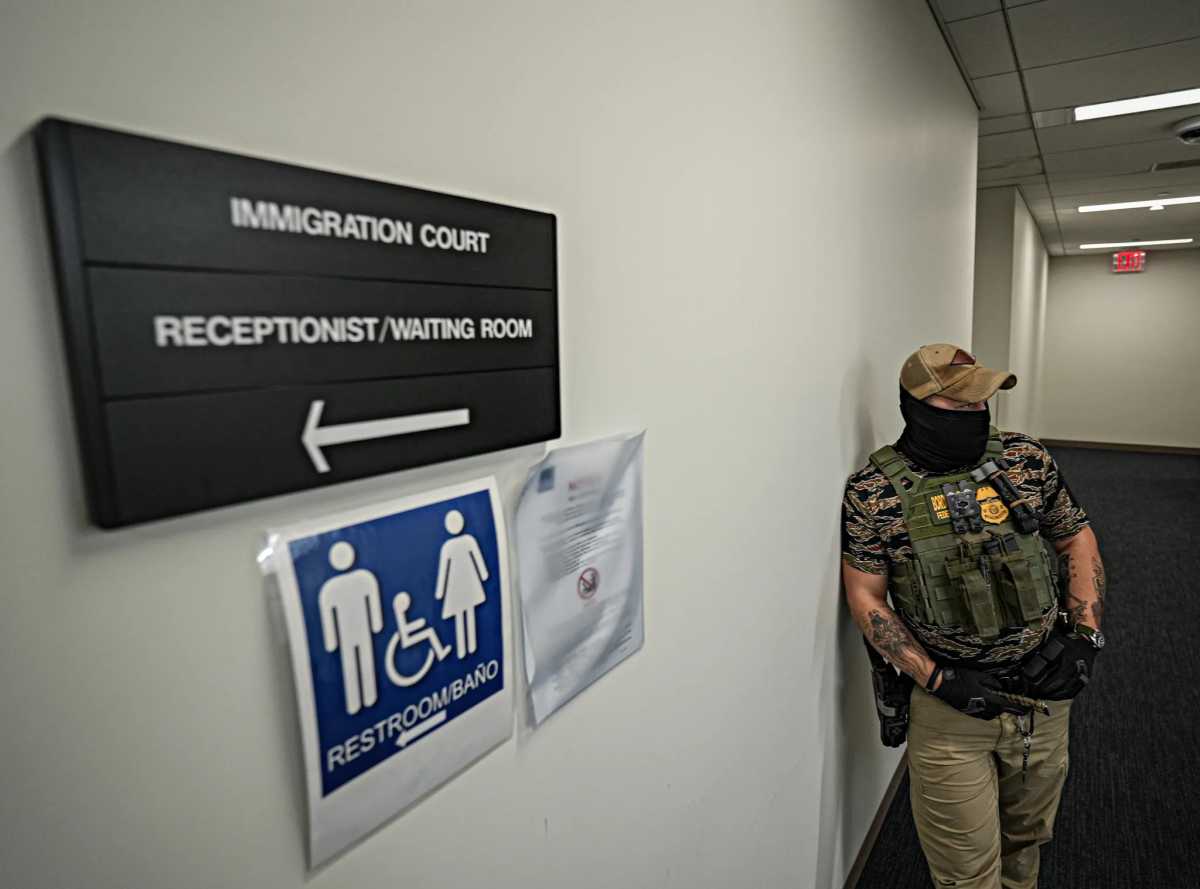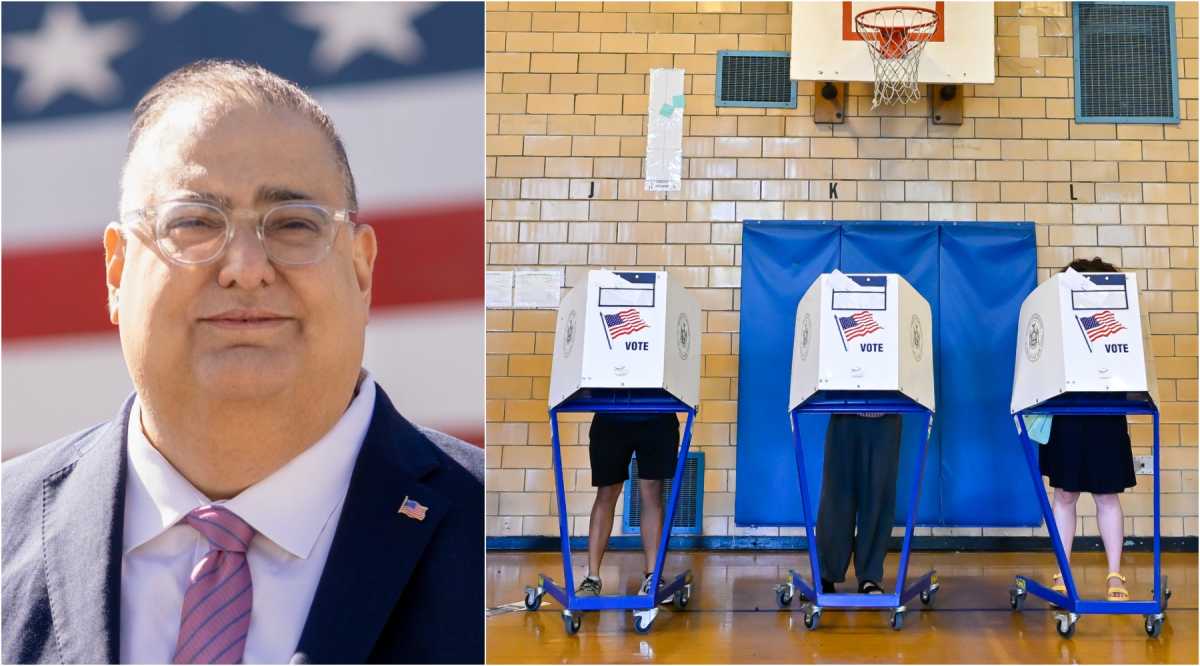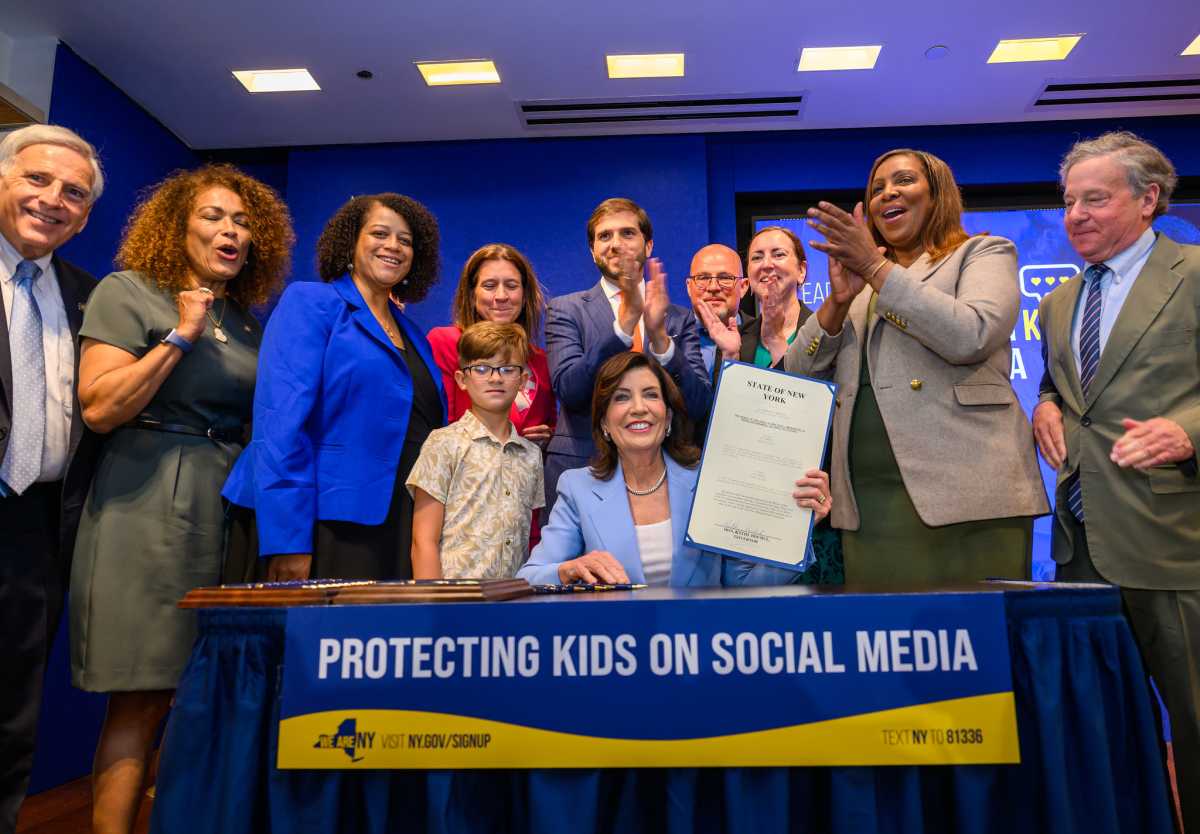Brooklyn Borough President Eric Adams and Brooklyn District Attorney Eric Gonzalez said they were encouraged with yesterday’s City Health Department drug overdose deaths decreased in 2018 for the first time in eight years.
According to the Health Department, there were 1,444 drug overdose deaths in the city last year, 38 fewer deaths than in 2017, and a rate decrease of 3%. However, declines were not evenly distributed by age, borough or race/ethnicity
For the second year in a row, fentanyl was the most common substance – involved in nearly two-thirds of drug overdose deaths
In the first quarter of 2019, there were 331 overdose deaths, a decrease of 45 fatalities from the same time period last year and a slight drop from the final quarter of 2018
“The decrease in drug overdose deaths is promising, but far too many New Yorkers are still dying,” said Health Commissioner Dr. Oxiris Barbot. “We are closely monitoring the trends of the epidemic as they evolve and responding to upticks in emergency department visits and deaths with targeted strategies and community engagement. We remain firmly committed to expanding life-saving services and caring for New Yorkers who use drugs.
Although there was a reduction in overdose deaths – from a rate of 21.1 in 2017 to 20.5 deaths per 100,000 people in 2018 – the decrease did not occur equitably. Rates of overdose deaths increased in the Bronx, specifically the South Bronx, and increased among Manhattan and Staten Island residents, while they decreased among residents of Queens and Brooklyn.
The Health Department also released drug overdose data for the first quarter of 2019 (January through March), which shows 331 overdose deaths, two fewer deaths than the final quarter of 2018. The full quarterly report can be found here.
The citywide decrease followed significant investments in lifesaving programs as part of HealingNYC. Since the more than $60 million HealingNYC’s launch in March 2017, the Health Department has:
- Distributed 230,000 naloxone kits throughout the city.
- Launched Relay, a nonfatal overdose intervention, in 12 emergency departments. Since its launch in June 2017, Relay has served 1,022 individuals and distributed more than 1,544 naloxone kits. The Health Department will expand the program to 15 hospitals by 2020.
- Conducted targeted overdose prevention and educational outreach through the Rapid Assessment and Response (RAR) initiative.RAR has engaged 374 community-based venues, 88 substance use treatment programs, 140 pharmacies, and 9 shelters to conduct targeted overdose prevention and educational outreach in the Bronx and Northern Manhattan.
- Expanded access to effective treatment for opioid use disorder by training 1,800 new buprenorphine prescribers.
- Expanding funding to 14 syringe service programs across the city. Syringe service programs provide crucial services to people who use drugs, including harm reduction education, naloxone training, and sterile syringe distribution. Syringe service programs served 18,274 New Yorkers in 2018.
- Promoted the City’s free mobile app, “Stop OD NYC,” to teach New Yorkers how to recognize and reverse an overdose with naloxone. The app also links individuals to nearby community-based programs and pharmacies where naloxone is available without a prescription.
Among the stats from the 2018 Data are the following:
- Among New Yorkers ages 55 to 84, overdose death rates increased for the fourth consecutive year.
- The rate of overdose deaths among Latinos increased by 5%, while rates decreased among Black and White New Yorkers by 13% and 5% respectively.
- The rate among females increased by 7%, from 2017 to 2018, from 8.5 to 9.1 per 100,000, compared with a 6% decrease among males from 2017 to 2018, from 35.0 to 33.0 per 100,000.
- Overdose deaths decreased among residents of Brooklyn (-82 deaths) and Queens (-55 deaths).
- Fentanyl — a potent, synthetic opioid 30 to 50 times stronger than heroin — was detected in 60% of all overdose deaths. For the second year in a row, fentanyl was the most common substance identified in overdose deaths.
- Cocaine was involved in 52% of overdose deaths in 2018. Since 2014, the rate of cocaine-involved overdose death has more than doubled (from 4.7 to 10.7 per 100,000 in 2018).
- 157 overdose deaths involved cocaine and fentanyl without heroin, an increase from 146 overdose deaths in 2017.
- Half (50%) of all overdose deaths involved multiple central nervous system depressants, such as alcohol (40%), benzodiazepines (29%), and opioids (80%).


“I am encouraged by the report that overdose deaths went down citywide, and declined significantly in Brooklyn. While we have a lot more work to do, I believe that the approach my Office has taken — those arrested with any controlled substance are offered treatment options to address their needs and naloxone kits to prevent overdoses instead of criminalizing them for drug use — is the most effective way to deal with this health crisis,” said Gonzalez.
Adams said while the decline in opioid overdoses in the city is welcome news, it can’t stop now.
“No one should be dying of preventable overdoses, especially when we have all the tools to stop them. That’s why our office has been proud to host opioid overdose trainings throughout the Borough, which have certified hundreds of people to use Narcan, a life-saving nasal spray. By partnering with healthcare institutions and community stakeholders, we can defeat this crisis that has claimed too many lives,” said Adams.










